
The final shot of a film is important. It is the last thing we remember from a film, and I often find myself judging a film’s effectiveness based on how memorable their closing shots are. And I can recall quite a few great closing shots off the top of my head. So I wrote a shortlist and then decided to cut it down to fifteen. And here they are; my fifteen favorite closing shots.
15: North by Northwest (1959)
A gigantic middle finger to censorship, the famous train-going-into-a-tunnel shot that ends Hitchcock’s fantastic action movie is perhaps the most famous sexual metaphor in film history. Come on, who doesn’t smile every time they see it?
14: A Serious Man (2009)
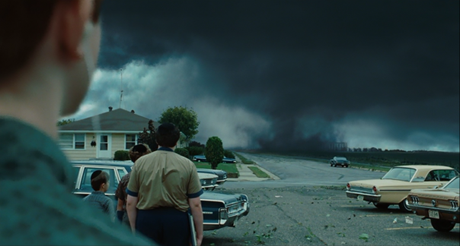
The final shot of A Serious Man is just perfect. It symbolises all the pain and conflict the characters have experienced throughout the film, while also warning that the worst is yet to come. Epic.
13: The Piano Teacher (2001)
The last shot of Michael Haneke’s The Piano Teacher shows the side of a street as Isabelle Huppert exits a building and walks out of the frame. Then Haneke holds the shot a while longer, as he so often does, and if we study it closely we’ll see the gateway entrance to the building is lit so that it looks like a piano, with its white and black stripes. Haunting.
12: Vivre sa Vie (1962)
The final scene of Jean-Luc Godard’s Vivre sa Vie is so desperately tragic and saddening that even the camera, in desperation after it has concluded, would rather look at the ground than the scene of the crime. Don’t watch if you haven’t seen the film.
11: The Fire Within (1963)
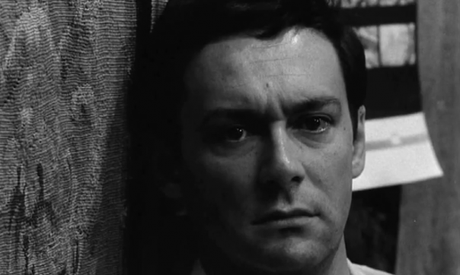
Like Vivre sa Vie, Louis Malle’s The Fire Within is a New Wave classic, and one of the saddest movies I’ve ever seen. Its conclusion, which I won’t spoil, leaves us with a shot of the hero Alain Leroy’s face, sad and desperately empty, an image which is overwhelming beyond words, and which for me is one of the most iconic images of the French New Wave.
10: Solaris (1972)
Anyone who has seen Andrei Tarkovsky’s Solaris will remember the stunning final shot, which adds yet another layer of deception to the film’s complex storyline. I still remember the chills that ran down my spine the first time I saw it. Don’t watch the clip if you haven’t seen the movie.
9: La Dolce Vita (1960)
The final shot of Fellini’s La Dolce Vita, which is arguably one of the director’s most notable films and one of my favourites, is just beautiful. The film’s hero Marcello is on a beach and has caught a glimpse of a girl he once met and flirted with; he is then forced to make an aching decision: whether to go with her or remain in his world of alcohol and debauchery. The audience is heartbroken when he chooses the latter, fool that he is, but Fellini leaves us with a remarkable shot of the girl, looking longingly after Marcello, before turning briefly to look directly into the camera. This would be a strong contender for the most beautiful closing image in movie history.
8: Russian Ark (2002)
Before you jump to remind me that the entire movie is one shot so it technically can’t have a closing shot, I’ll clarify: with this film I am referring to the final image, though it is part of the entire 90 minute shot and not a separate shot. It is a majestic and wondrous conclusion that begins with a stunning pullback through hundreds of people in mere seconds and ends with a CGI image that gives new context to the film’s title. I love every second of this movie but the final minute or so really made it for me. Skip to two minutes into this clip to see the exact portion I’m referring to.
7: Jeanne Dielman, 23 Quai du Commerce, 1080 Bruxelles (1975)
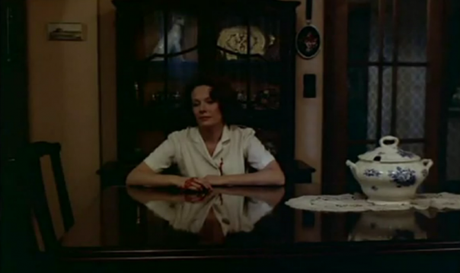
Because it’s a 210-minute movie about a woman doing housework, Jeanne Dielman doesn’t get a lot of attention from mainstream audiences. A shame, really. This 1975 film from the then-25 year old Chantal Akerman is a staple of arthouse cinema and one of the most interesting, attention-grabbing, transfixing films ever to sound like the complete opposite. Delphine Seyrig gives a career-best performance as the titular character, and is fantastic for the entire duration of the amazing movie. Who could forget the film’s final scene, which concludes in the aftermath of a stunning, unexpected event. It simply shows Seyrig sitting at the dinner table. And sitting. And sitting. And sitting. And the knowledge of what she has done absolutely shakes the viewer to the core and makes this simple shot all the more amazing.
6: Werckmeister Harmonies (2000)
I’m not giving this a spot here just because it’s my favorite movie. I’m giving this a spot here because it has one of my favorite closing shots, and that’s it. The five minute final take that concludes this groundbreaking film is such a simple but poignant scene. Uncle Gyorgy, still reeling from the tragedy that has swept his town, walks through the main square and makes eye contact with a dead whale. He regards it solemnly, before walking away – looking back once – and leaving us alone with the desolation of the dead town. Perhaps the best thing about this scene is the soundtrack; Mihaly Vig’s Old, one of the saddest pieces of music ever written, mourns the horror that has befallen the village, and continues epically into the credits after the film has taken its final breath.
5: Three Colours: Blue (1993)
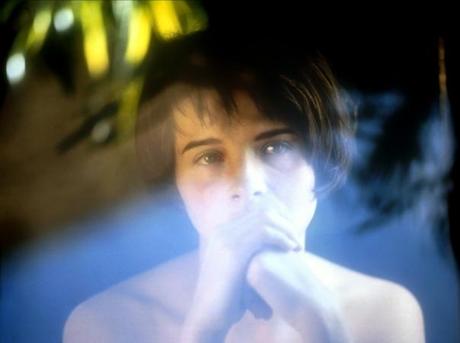
Into the top five, and the final image of Krzysztof Kieslowski’s Blue is up next. Like the previous entry on this list, the shot is scored to a wonderful piece of music, this time Zbigniew Preisner’s Song for the Unification of Europe [Julie’s Version], as the main character, played by a solemn and breathtaking Juliette Binoche, sits nude, looking emptily into the blue distance, her gaze constant and filled with stunning clarity.
4: Cachè (2005)
Perhaps one of the most talked-about final scenes in any movie, the conclusion of Michael Haneke’s Cachè provoked at Cannes more discussion and thought than anyone had anticipated. What does it mean? Does it mean anything? It won’t if you haven’t seen the entire film, but it’s definitely a scene you need to watch closely and see what you can see. The shot in question doesn’t begin until six minutes into this clip.
3: The Texas Chainsaw Massacre (1974)
One of the most iconic images in horror cinema. Leatherface swinging his chainsaw in anger against the backdrop of the rising sun. How else do I describe it? Terrifying.
2: Andrei Rublev (1966)
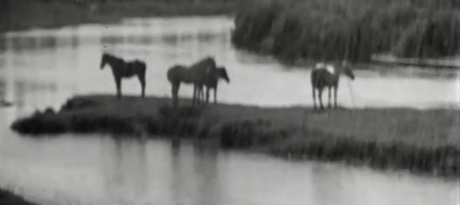
The final image of Andrei Tarkovsky’s second film is an image which continues the theme of horses, which are often used as metaphors for the suffering of man, though never as strongly in the film as in this final image, which depicts four horses standing stranded on a small island in the middle of the rain, one of them tied to the dirt. Every time I see it I feel like breaking down; it’s just amazing.
1: The 400 Blows (1959)
I’ve talked a lot about images being iconic, but this time I’m serious. The final image of The 400 Blows is what defined the French New Wave and in extension, French cinema in general. Antoine Doinel staring despairingly into the camera after running out of room to run is simply devastating. For once, we actually feel the pain and sadness of a film character, and we feel it deep.

